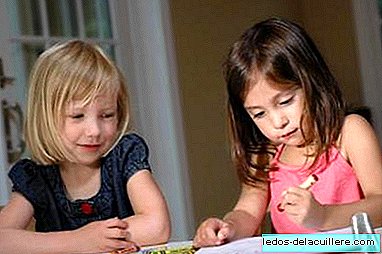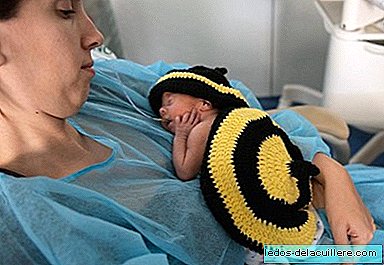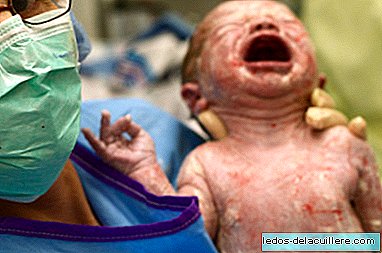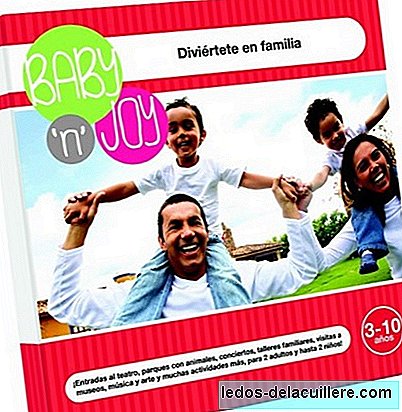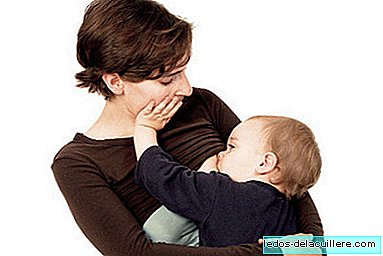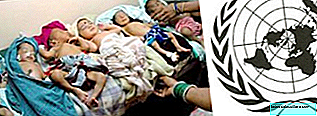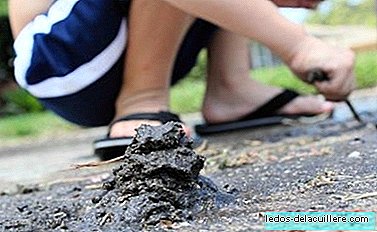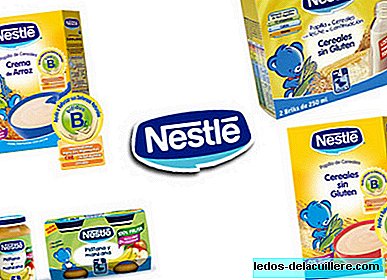
Continuing with the entry you could read a few days ago about some of the products of Nestlé Stage 1 today we will talk about the labeling of gluten-free cereals and fruit jars.
“Stage 1” of the feeding begins for Nestlé at 4 months. I already commented the other day that the ideal is that this stage will be moved at 6 months, so that babies will drink six months of exclusive milk, which is the most recommended.
Apart from this recommendation there are other issues that can be observed by looking at the product labeling. To talk about them I will speak directly several of them.
Gluten-free cereals with bifidus
Nestle gluten-free cereals are enzymatically hydrolyzed. This means that they prepare better, digest better and have a better taste without the need to add sucrose.
They should start offering after six months so that they do not suppose a smaller contribution of milk (although they are made with milk, they can contribute around 95 kcal / 100 ml and make the baby have less need to drink milk in the next take).
If we also look at Greenpeace's red and green guide on transgenic foods, we can see that Nestle is in the red section (products whose manufacturers do not guarantee Greenpeace the absence of transgenic or derivatives in its ingredients or additives).
Cream of rice with bifidus
It is equally hydrolyzed, although in this case there is a warning that it may contain traces of milk and lactose that makes it not recommended for breastfed children, who have not tested cow's milk protein or for children who are already allergic or intolerant
They provide more or less the same calories as gluten-free cereals, so they are not recommended until at least six months.
Gluten free cereals ready to drink
Among Nestle's cereal offer, cereals ready to drink stand out. They come in 250 ml briks in a pack of two units.
According to the brand, the carton advertising is made with continuation milk, however in the specific ingredients “skim milk” and “it contains milk and lactose”, which could mean that they are made, directly, with skimmed cow's milk (see the topic of my first yogurt would not surprise me).
In the ingredients we see that sugar has been added, not recommended for babies and even less at 4 months.
We also read “vegetable fats” and it is not specified what type of fats have been used. Given that olive, sunflower and soybean are, say, more beneficial and at the same time more expensive, manufacturers usually specify that they are using any of them in the labeling, precisely for that reason, Because it costs them more money and because the quality of fats is better.
However, when they omit the type of fats, the logical thing is that they are using palm or coconut oil, which contain a large number of saturated fats (harmful fats that increase the level of cholesterol).
Added: After consulting with Nestlé about fats, they inform me that they do not use coconut or palm oil in baby food.
Fruit jars
Within this same “Stage 1” the apple, banana and apple, apple, banana and orange, pear, banana and orange, 6 fruit, assorted fruit cups are marketed. Having similar characteristics I have included them in the same section. None of them contain added sugars, which is a point in favor.
Many carry more than one fruit at a time, so they are inadvisable at least starting. It is recommended that each new food be offered separately and that no new one be offered until after 5-7 days, so that in case of allergic reaction the cause can be known. If we start a jar with 7 fruits and a reaction occurs, We will not know what the guilty fruit is.
In addition, if it is usual for children and adults to eat fruits "bites", the logical thing is that for a baby to know the taste of each fruit eat them separately.
Let's see what these jars contain and what can be said about them:
- Apple contains apple, concentrated lemon juice and vitamin C.


